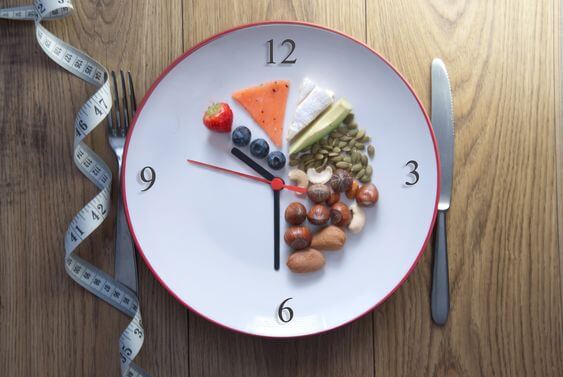
Table of Contents
Intermittent Fasting Food Guide: Your Roadmap to Success
In today’s fast-paced world, prioritizing health can feel like a constant battle. Enter intermittent fasting (IF), an eating pattern gaining traction for its potential to promote weight management, improve metabolic health, and boost overall well-being. But with this shift in eating comes a crucial question: what are the best foods to eat during your eating window?
Intermittent fasting isn’t a restrictive diet; it’s a structured eating pattern. It focuses on when you eat, not what you eat within a specific timeframe. Common techniques for intermittent fasting consist of the 16:8 method, characterized by a 16-hour fasting period followed by an 8-hour eating window, and the 5:2 method, which permits regular eating for five days and calorie restriction for two days.
Intermittent Fasting Food Guide is your essential resource for making informed food choices during your eating window. By understanding the principles of IF and selecting nutrient-dense foods, you can optimize your results and achieve your health goals.
Is Intermittent Fasting Right for You?
Intermittent fasting offers a unique approach to weight management and wellness, but it may not be suitable for everyone. Consulting a healthcare professional is crucial, especially if you have underlying health conditions, are pregnant, or breastfeeding.
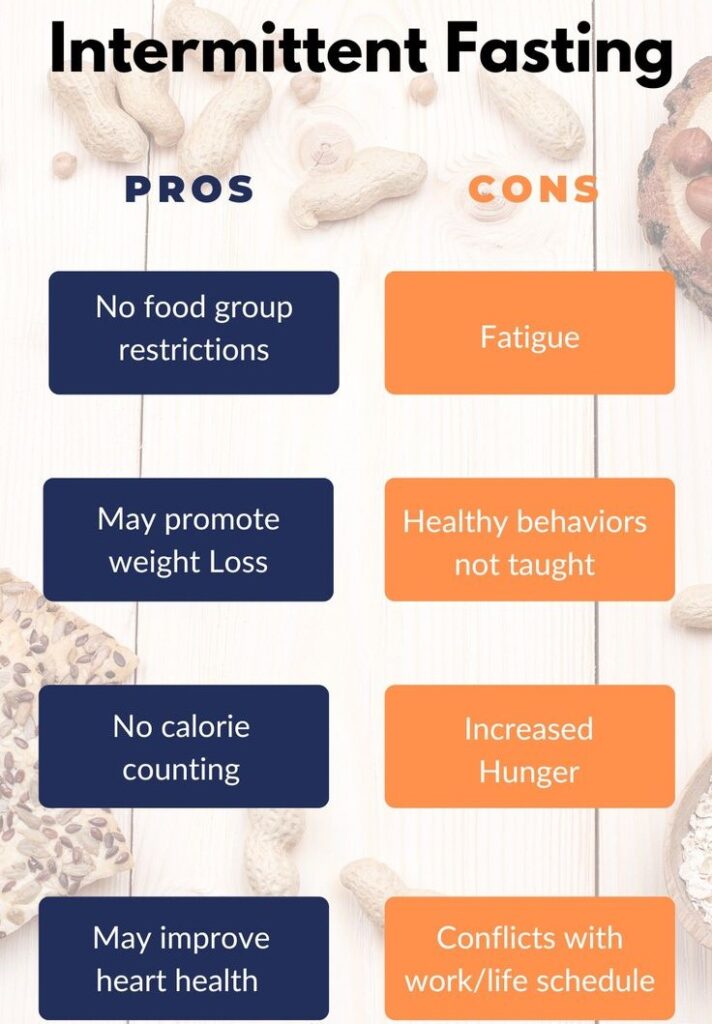
Pros and Cons of Intermittent Fasting
Pros:
May promote weight loss and fat burning
Improve insulin sensitivity
Enhance metabolic health
Reduce inflammation
Boost cognitive function
Cons:
Can be challenging to maintain
May cause initial hunger pangs and fatigue
Not suitable for everyone
Finding Your Ideal Fasting Window
The “best” time to fast depends on your individual preferences and lifestyle. Some people thrive with morning fasts, while others prefer eating later in the day. Experiment and find a window that works best for you.
The Power of Food Choice: Fueling Your Intermittent Fasting Journey
Now, let’s delve into the critical question: what should you eat during your eating window? While intermittent fasting focuses on “when,” what you choose to eat significantly impacts your health and energy levels. Here’s a breakdown of the best foods to fuel your body and optimize your fasting experience:
When practicing intermittent fasting, choosing the right foods during your eating window is crucial for maximizing health benefits and maintaining energy levels. Here are some of the healthiest foods to include in your diet:
Nutrient-Dense Foods
When practicing intermittent fasting, choosing the right foods during your eating window is crucial for maximizing health benefits and maintaining energy levels. Here are some of the healthiest foods to include in your diet:
– Nutrient-Dense Foods: Fruits, vegetables, whole grains, healthy fats and lean proteins.
Remember to focus on a balanced diet rich in these whole foods to optimize the benefits of intermittent fasting while keeping yourself satisfied and energized.
- Fruits
- Opt for low to medium-sugar fruits to avoid excessive fructose intake, which can counteract the benefits of fasting.
- Recommended fruits include:
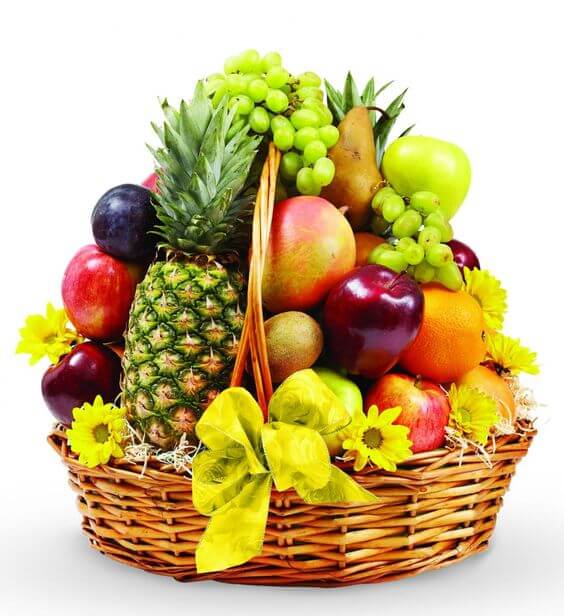
- Strawberries
- Raspberries
- Blackberries
- Kiwi
- Grapefruit
- Apples
- Lemons
- Limes
- Avocado
- Tomato
- Vegetables
- The inclusion of vegetables in the diet is vital for obtaining fiber, a variety of vitamins and necessary minerals. Cruciferous vegetables are particularly beneficial. Include:
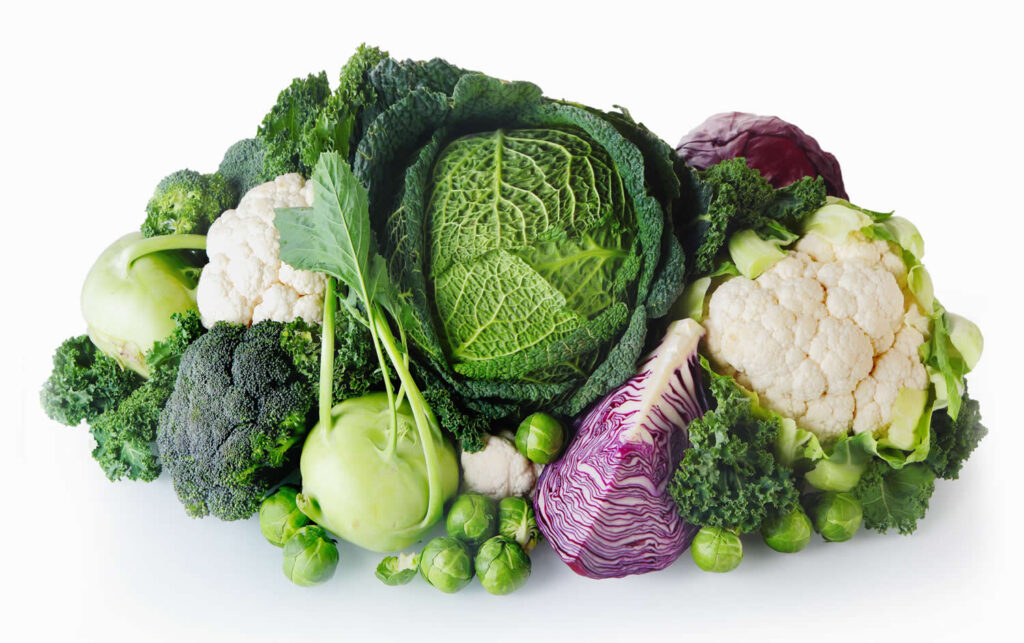
- Spinach
- Kale
- Broccoli
- Brussels sprouts
- Cauliflower
- Asparagus
- Seaweed
- Whole Grains
- Whole grains can be included if they are well-tolerated. They provide complex carbohydrates and fiber, which help maintain energy levels. Good options are:
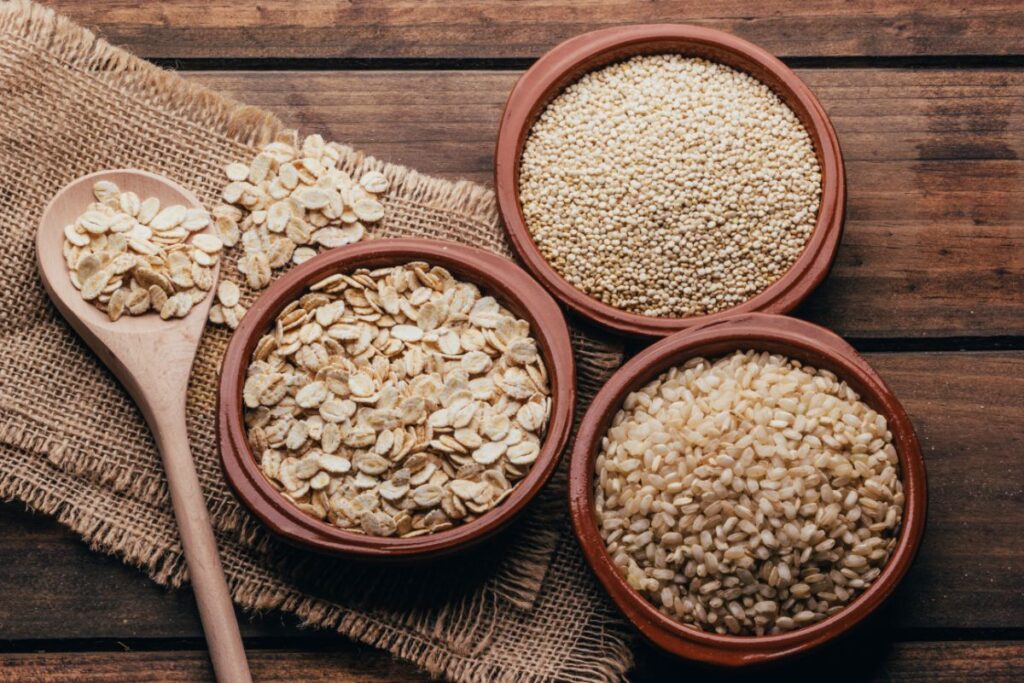
- Oatmeal
- Quinoa
- Brown rice
- Millet
- Fish and Seafood
- Rich in omega-3 fatty acids and protein, fish and seafood are excellent choices. Consider:

- Wild-caught salmon
- Mackerel
- Sardines
- Shrimp
- Legumes and Beans
- These are high in fiber and protein, helping to keep you full and stabilize blood sugar levels. Options include:
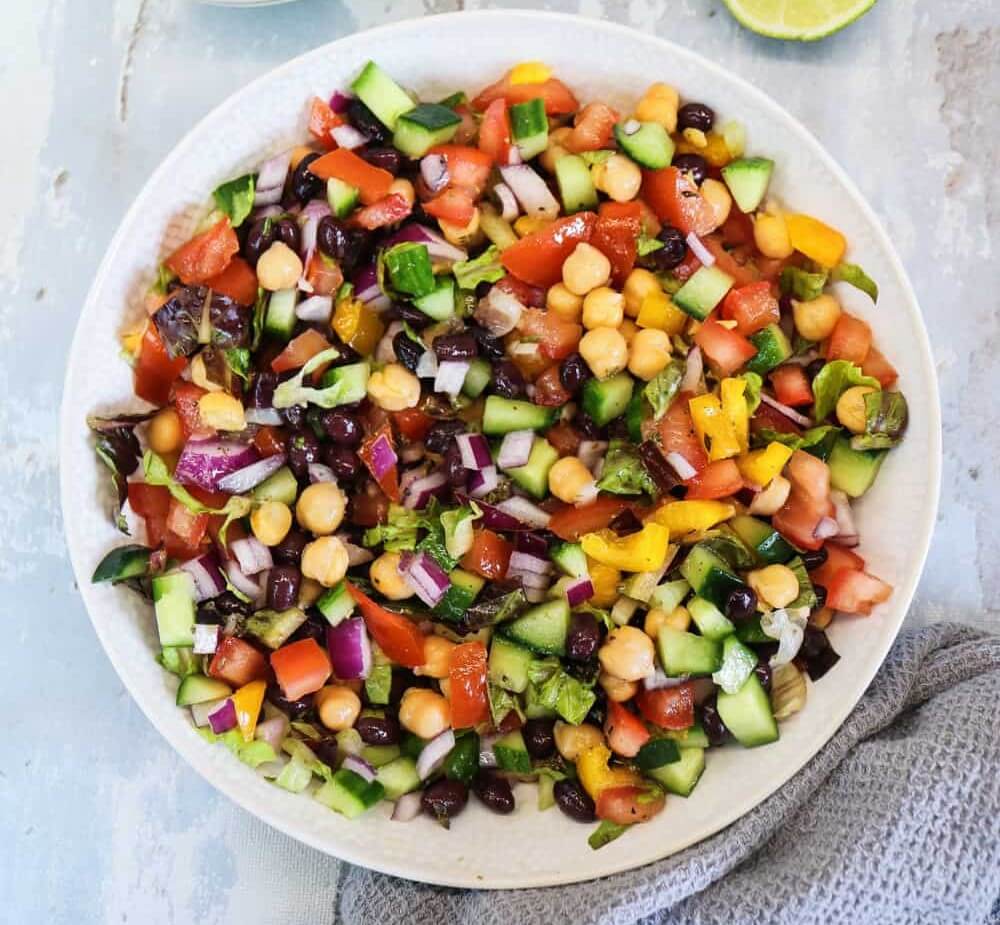
- Black beans
- Chickpeas
- Lentils
- Healthy Fats
- Incorporate healthy fats to support overall health and satiety. Good sources are:
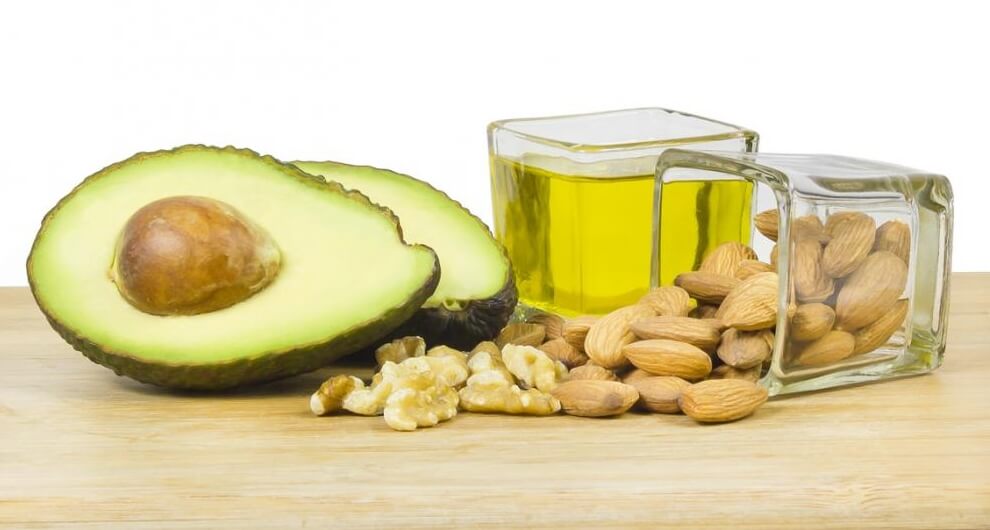
- Avocado
- Nuts (almonds, walnuts)
- Olive oil
- Herbs and Spices
- Using a variety of herbs and spices can enhance flavor and provide anti-inflammatory benefits. Some beneficial options include:

- Turmeric
- Ginger
- Cinnamon
- Probiotics
- Foods rich in probiotics support gut health and digestion. Consider adding:

- Yogurt
- Kefir
- Sauerkraut
- Kimchi
- Hydration
- Staying hydrated is vital during fasting. Drink plenty of water and consider unsweetened beverages like herbal teas or black coffee, which can also enhance the fasting experience.

Hence, focusing on a balanced diet rich in whole foods, including fruits, vegetables, whole grains, healthy fats, and lean proteins, will help optimize the benefits of intermittent fasting while ensuring you stay satisfied and energized.
Foods to Limit

Processed Foods:
Processed foods are often loaded with sugar, unhealthy fats, and refined carbohydrates. These can disrupt blood sugar levels, leading to increased hunger and cravings.
Sugary Drinks:
Sugary sodas, juices, and energy drinks are devoid of nutrients and can spike blood sugar levels.
Refined Grains:
White bread, pasta, and pastries are quickly digested, leading to blood sugar crashes and increased hunger.
Building Your Intermittent Fasting Plate
Here’s an example of a meal plan you can adapt for your 16:8 fasting window:
Breakfast (9:00 AM):
Greek yogurt with berries and chia seeds
Whole wheat toast with scrambled eggs and avocado
Lunch (1:00 PM):
Grilled salmon with roasted vegetables and quinoa
Snack (4:00 PM):
Handful of almonds and a cup of green tea
Dinner (7:00 PM):
Stir-fried chicken served with brown rice and an assortment of mixed vegetables.
Remember, this is just a sample. Modify it to align with your specific likes and dietary restrictions!
Conclusion
Intermittent fasting is a versatile tool for those seeking to improve their overall health and well-being. By understanding its principles and making informed food choices, you can unlock its potential benefits. Remember, consistency is key, but it’s essential to listen to your body and make adjustments as needed.
While intermittent fasting can be a powerful approach, it’s not a magic solution. For optimal results, combine it with regular exercise, adequate sleep, and stress management. Your journey to better health is unique, and finding what works best for you is essential.
Start small, be patient, and celebrate your successes. With dedication and the right approach, intermittent fasting can become a sustainable part of your lifestyle, leading to a healthier and happier you.
Q & A
What is Intermittent Fasting (IF)?
Intermittent fasting (IF) is a method of eating that involves alternating between intervals of food intake and fasting periods.
How does IF work?
By restricting your eating window, IF allows your body to enter a fasted state, potentially boosting metabolism and fat burning.
Is IF a diet?
No, IF is not a diet. This approach emphasizes the timing of meals rather than the specific foods consumed.
Can I drink water while fasting?
Yes.
Is coffee allowed during a fast?
Black coffee is generally okay, but avoid adding cream or sugar.
Will I lose weight with IF?
It can contribute to weight loss, but results vary.
Is IF safe for everyone?
No, it’s not suitable for everyone. Consult your doctor before starting.
Do I need to count calories on IF?
No, but it can help you make informed food choices.
Your article helped me a lot, is there any more related content? Thanks! https://www.binance.com/da-DK/register?ref=V2H9AFPY
Thank you for your sharing. I am worried that I lack creative ideas. It is your article that makes me full of hope. Thank you. But, I have a question, can you help me?
Thanks for sharing. I read many of your blog posts, cool, your blog is very good. https://accounts.binance.info/en/register?ref=JHQQKNKN
Your article helped me a lot, is there any more related content? Thanks!
I don’t think the title of your article matches the content lol. Just kidding, mainly because I had some doubts after reading the article.
Your article helped me a lot, is there any more related content? Thanks!
Your point of view caught my eye and was very interesting. Thanks. I have a question for you.
Your point of view caught my eye and was very interesting. Thanks. I have a question for you.
Your article helped me a lot, is there any more related content? Thanks!
Your point of view caught my eye and was very interesting. Thanks. I have a question for you.
Your article helped me a lot, is there any more related content? Thanks!
I don’t think the title of your article matches the content lol. Just kidding, mainly because I had some doubts after reading the article.
Thank you for your sharing. I am worried that I lack creative ideas. It is your article that makes me full of hope. Thank you. But, I have a question, can you help me?
Thank you for your sharing. I am worried that I lack creative ideas. It is your article that makes me full of hope. Thank you. But, I have a question, can you help me?
I don’t think the title of your article matches the content lol. Just kidding, mainly because I had some doubts after reading the article.
Thank you for your sharing. I am worried that I lack creative ideas. It is your article that makes me full of hope. Thank you. But, I have a question, can you help me?
Your point of view caught my eye and was very interesting. Thanks. I have a question for you.
Your article helped me a lot, is there any more related content? Thanks! https://www.binance.com/en-IN/register?ref=UM6SMJM3
Your point of view caught my eye and was very interesting. Thanks. I have a question for you. https://accounts.binance.com/register?ref=P9L9FQKY
Your point of view caught my eye and was very interesting. Thanks. I have a question for you.
Thank you for your sharing. I am worried that I lack creative ideas. It is your article that makes me full of hope. Thank you. But, I have a question, can you help me?
I don’t think the title of your article matches the content lol. Just kidding, mainly because I had some doubts after reading the article.
I don’t think the title of your article matches the content lol. Just kidding, mainly because I had some doubts after reading the article.
I don’t think the title of your article matches the content lol. Just kidding, mainly because I had some doubts after reading the article.
I don’t think the title of your article matches the content lol. Just kidding, mainly because I had some doubts after reading the article.
Thanks for sharing. I read many of your blog posts, cool, your blog is very good.
Thanks for sharing. I read many of your blog posts, cool, your blog is very good.
Thank you for your sharing. I am worried that I lack creative ideas. It is your article that makes me full of hope. Thank you. But, I have a question, can you help me?
I don’t think the title of your article matches the content lol. Just kidding, mainly because I had some doubts after reading the article.
Your point of view caught my eye and was very interesting. Thanks. I have a question for you.
Thank you for your sharing. I am worried that I lack creative ideas. It is your article that makes me full of hope. Thank you. But, I have a question, can you help me?
Thank you for your sharing. I am worried that I lack creative ideas. It is your article that makes me full of hope. Thank you. But, I have a question, can you help me?
Can you be more specific about the content of your article? After reading it, I still have some doubts. Hope you can help me.
Thanks for sharing. I read many of your blog posts, cool, your blog is very good.
Can you be more specific about the content of your article? After reading it, I still have some doubts. Hope you can help me.
I don’t think the title of your article matches the content lol. Just kidding, mainly because I had some doubts after reading the article.
Can you be more specific about the content of your article? After reading it, I still have some doubts. Hope you can help me. https://accounts.binance.com/fr/register?ref=GJY4VW8W
Your point of view caught my eye and was very interesting. Thanks. I have a question for you.
Thank you for your sharing. I am worried that I lack creative ideas. It is your article that makes me full of hope. Thank you. But, I have a question, can you help me?
Your point of view caught my eye and was very interesting. Thanks. I have a question for you.
Thanks for sharing. I read many of your blog posts, cool, your blog is very good.
Your article helped me a lot, is there any more related content? Thanks!
Thanks for sharing. I read many of your blog posts, cool, your blog is very good.
I don’t think the title of your article matches the content lol. Just kidding, mainly because I had some doubts after reading the article.
I don’t think the title of your article matches the content lol. Just kidding, mainly because I had some doubts after reading the article.
Your article helped me a lot, is there any more related content? Thanks!
Your point of view caught my eye and was very interesting. Thanks. I have a question for you.
Thank you, your article surprised me, there is such an excellent point of view. Thank you for sharing, I learned a lot.
Your article helped me a lot, is there any more related content? Thanks!